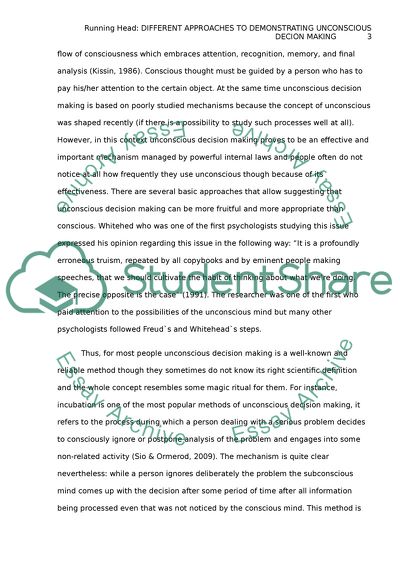Cite this document
(Different Approaches to Demonstrating Unconscious Decision Making Essay, n.d.)
Different Approaches to Demonstrating Unconscious Decision Making Essay. https://studentshare.org/psychology/1863145-choose-one-title-from-the-following-titles
Different Approaches to Demonstrating Unconscious Decision Making Essay. https://studentshare.org/psychology/1863145-choose-one-title-from-the-following-titles
(Different Approaches to Demonstrating Unconscious Decision Making Essay)
Different Approaches to Demonstrating Unconscious Decision Making Essay. https://studentshare.org/psychology/1863145-choose-one-title-from-the-following-titles.
Different Approaches to Demonstrating Unconscious Decision Making Essay. https://studentshare.org/psychology/1863145-choose-one-title-from-the-following-titles.
“Different Approaches to Demonstrating Unconscious Decision Making Essay”. https://studentshare.org/psychology/1863145-choose-one-title-from-the-following-titles.


